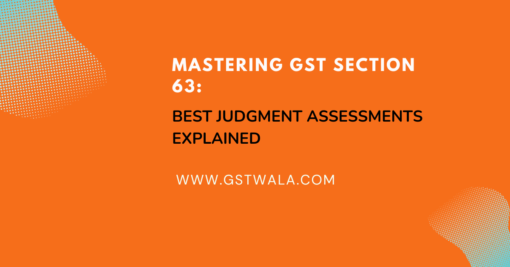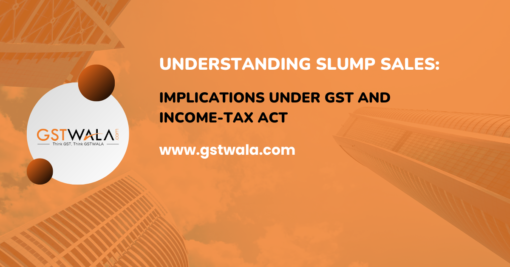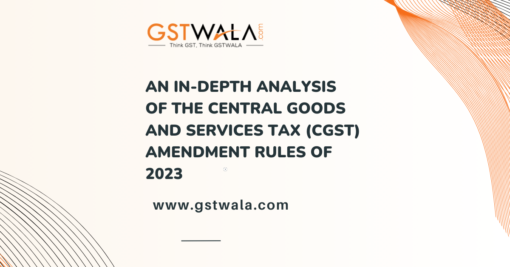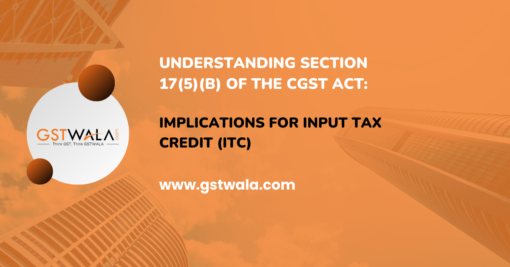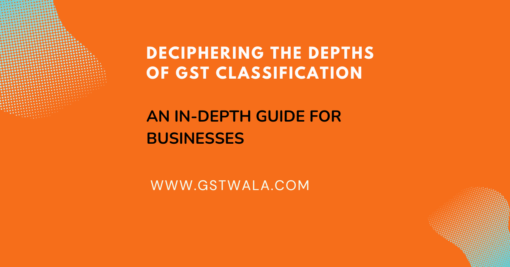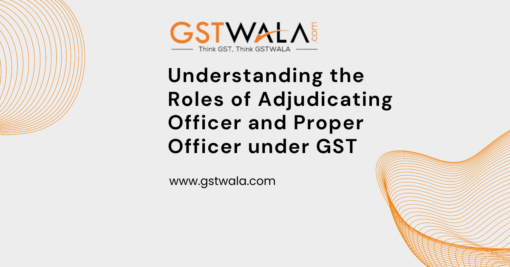
Unleashing the Potential of GST A Comprehensive Exploration of its Transformative Influence on Indian Businesses
The Goods and Services Tax (GST), introduced on July 1, 2017, stands as a landmark reform in India’s taxation history, reshaping the landscape of fiscal policies and practices. By amalgamating various indirect taxes levied by both the Central and State Governments, GST has ushered in an era of simplicity, efficiency, and transparency in the tax regime. In this comprehensive guide, we embark on a detailed journey through the multifaceted advantages of GST, delving into its role as a catalyst for growth and development across diverse sectors of the Indian economy.
Lowering Costs and Enhancing Competitiveness:
A primary objective of GST is to mitigate the cascading effect of taxes, thereby reducing the overall cost of goods and services. Through a unified tax structure, businesses can streamline their operations and enhance their competitiveness, both domestically and globally. This strategic alignment with initiatives like ‘Make in India’ fosters local production, driving economic growth and creating employment opportunities. The removal of tax barriers promotes seamless interstate movement of goods and services, contributing to operational efficiency and cost optimization for businesses.
Facilitating Export Growth:
GST provisions zero-rate exports, ensuring that taxes paid on exported goods or services are refunded. This has significantly boosted India’s export sector, improving the country’s trade balance and augmenting foreign exchange reserves. Moreover, the provision for quick provisional refunds aids exporters in managing cash flow efficiently, further stimulating export-driven growth. The simplified tax structure under GST enhances the competitiveness of Indian goods and services in the international market, fostering sustained export growth and economic prosperity.
Widening Tax Base and Enhancing Revenue:
GST has proven instrumental in broadening the tax base and enhancing government revenue. By curbing opportunities for tax evasion and introducing a seamless input tax credit mechanism, GST ensures a more transparent and comprehensive tax collection process. This benefits both governments and taxpayers, fostering fiscal stability and enabling investments in infrastructure and social welfare programs. The enhanced revenue stream provides governments with the fiscal space to undertake critical developmental initiatives, thereby fueling economic growth and social progress.
Simplifying Compliance and Harmonizing Laws:
Harmonization of tax laws, procedures, and rates under GST has significantly simplified compliance requirements for businesses. The introduction of common definitions, formats, and interfaces through the GSTN portal has reduced administrative burdens and compliance costs. Additionally, standardized procedures for registration, return filing, and tax refunds have brought greater efficiency and certainty to the taxation system. The seamless flow of information and data exchange between taxpayers and tax authorities promotes transparency and accountability, further strengthening the tax ecosystem.
Harnessing Technology for Efficiency:
GST operates on a robust technological framework, with taxpayers engaging through the GSTN portal for various transactions. Electronic matching of input tax credits ensures transparency and accountability, promoting a culture of tax compliance. Initiatives such as e-Invoicing and auto-populated returns further streamline processes, reducing compliance burdens and enhancing operational efficiency for businesses. The integration of technology in the tax administration enhances the ease of doing business, fosters innovation, and drives digital transformation across sectors.
Reducing Tax Burden and Stimulating Consumption:
The implementation of GST has led to a reduction in the overall tax burden on trade and industry. Lower prices of goods and services have translated into increased purchasing power and consumer spending, stimulating demand across sectors. Furthermore, the elimination of tax cascading has heightened awareness among citizens regarding the taxes they pay, fostering a culture of tax compliance and accountability. The reduction in tax burden enhances the disposable income of consumers, thereby catalyzing consumption-led growth and economic expansion.
In summation, GST has emerged as a transformative force in India’s economic landscape, driving efficiency, transparency, and growth across various sectors. By lowering costs, facilitating export growth, widening the tax base, simplifying compliance procedures, harnessing technology, and reducing tax burdens, GST has unleashed the potential for sustainable development and prosperity. While challenges persist, the enduring benefits of GST underscore its significance as a cornerstone of India’s taxation reforms, paving the way for a more resilient and dynamic economy. As India continues its journey towards economic prosperity, GST remains a cornerstone reform driving progress and inclusive growth for the nation.
Ready to navigate the complexities of GST with confidence? Let’s unravel the mysteries together. We are just a click away info@gstwala.comTop of Form


